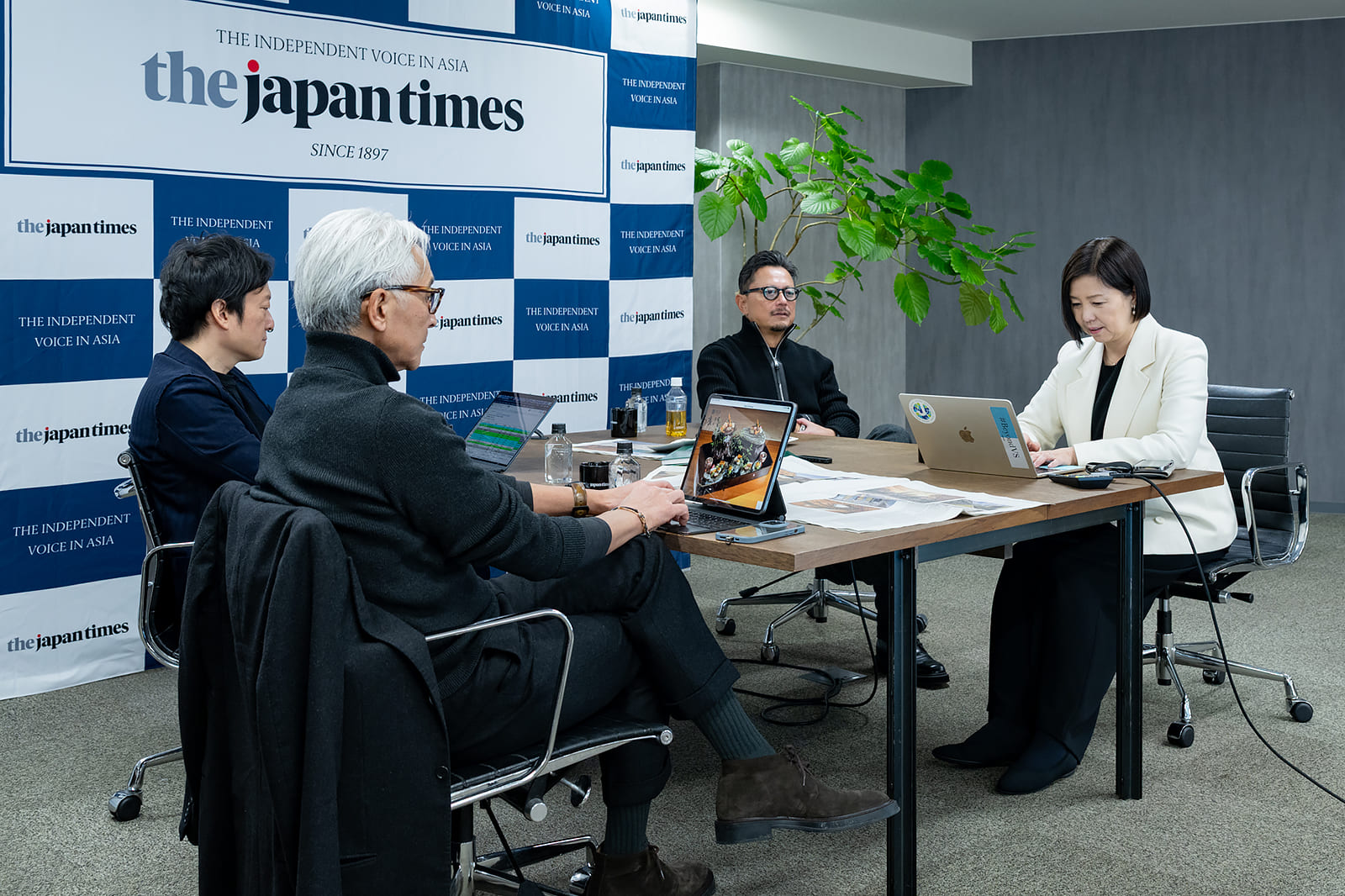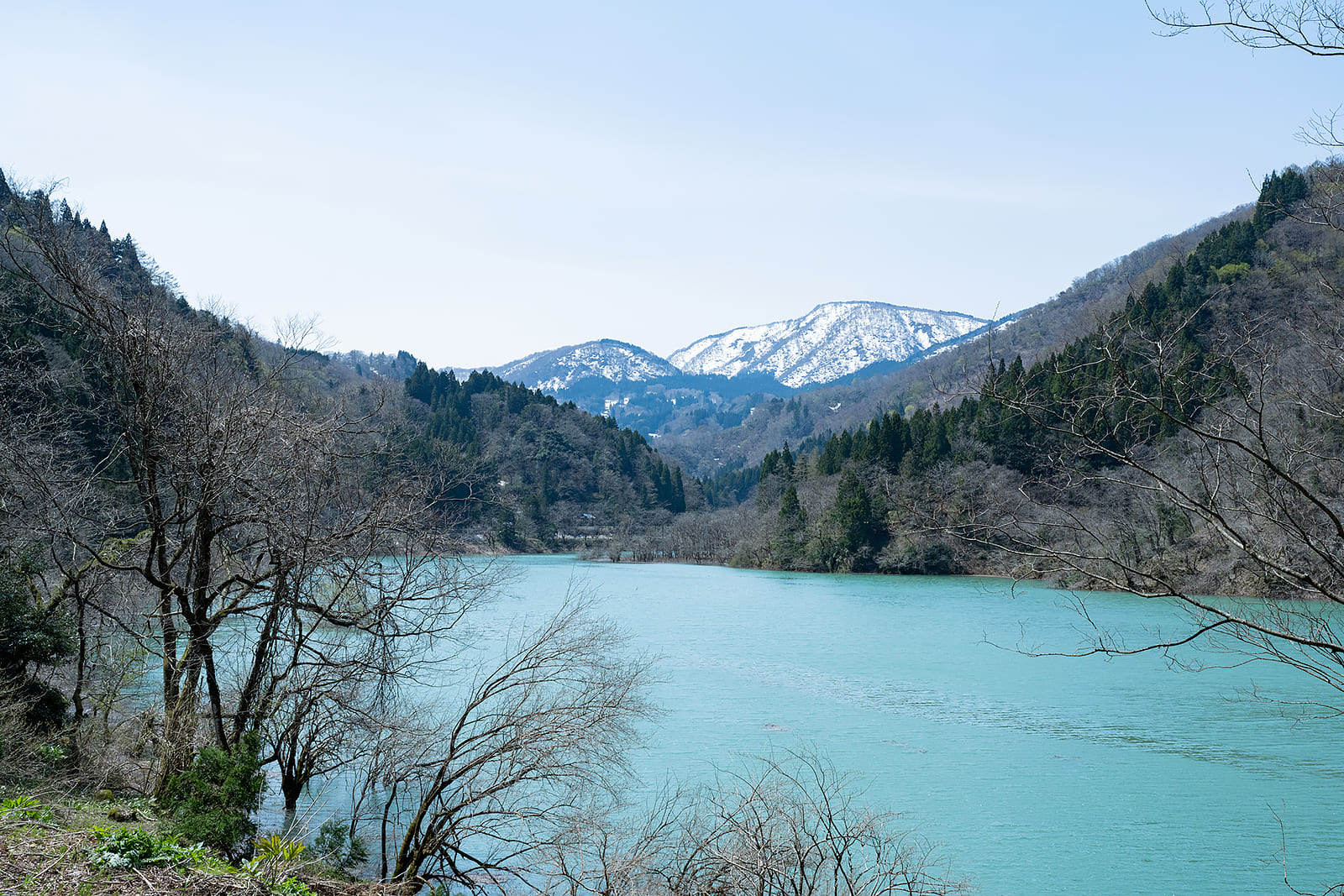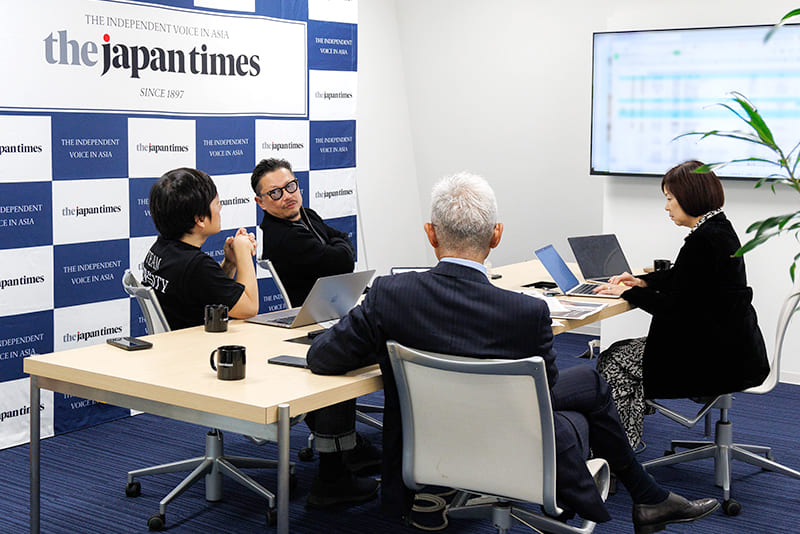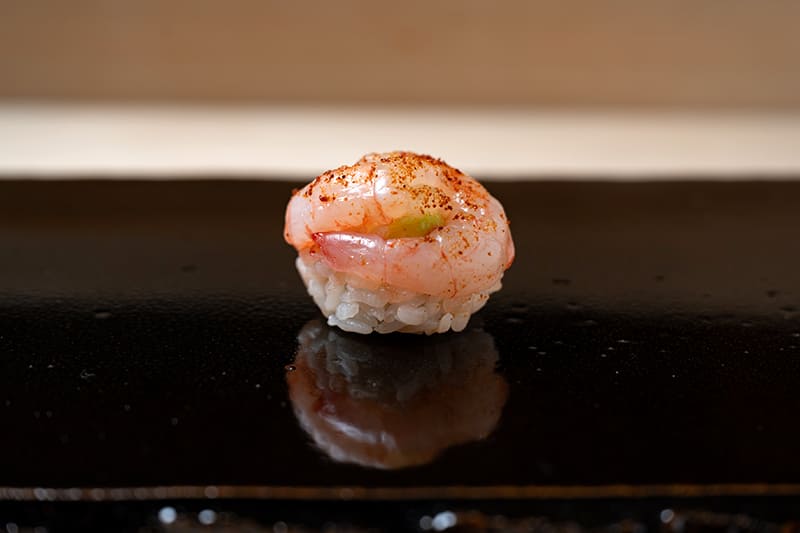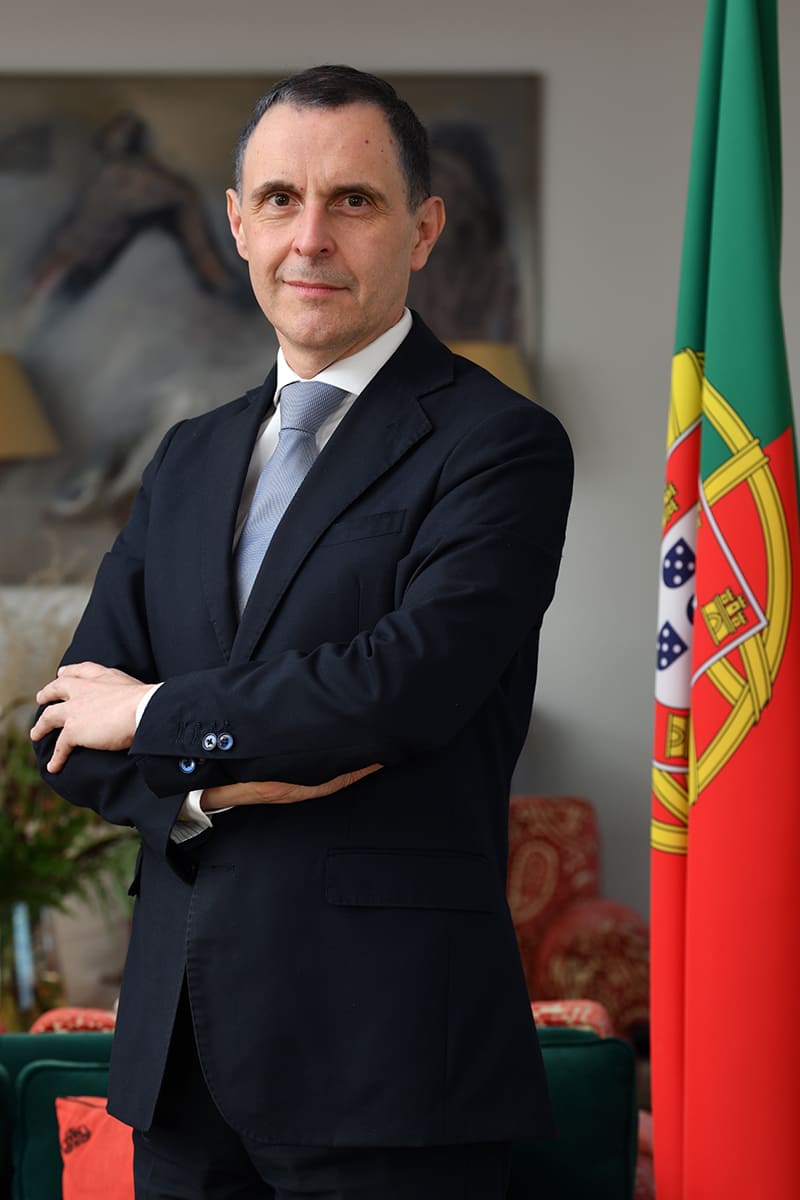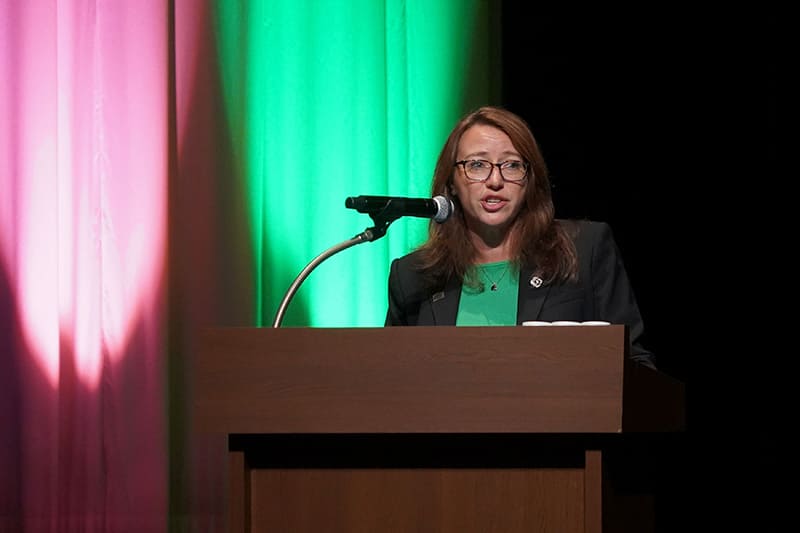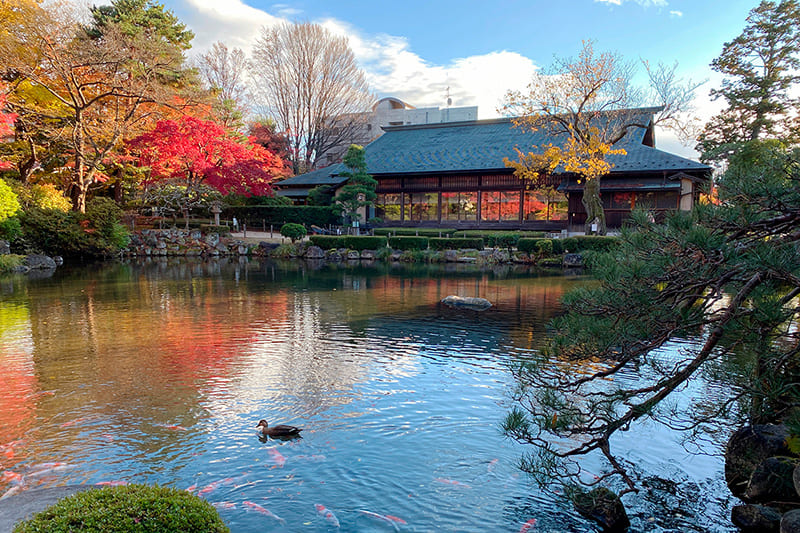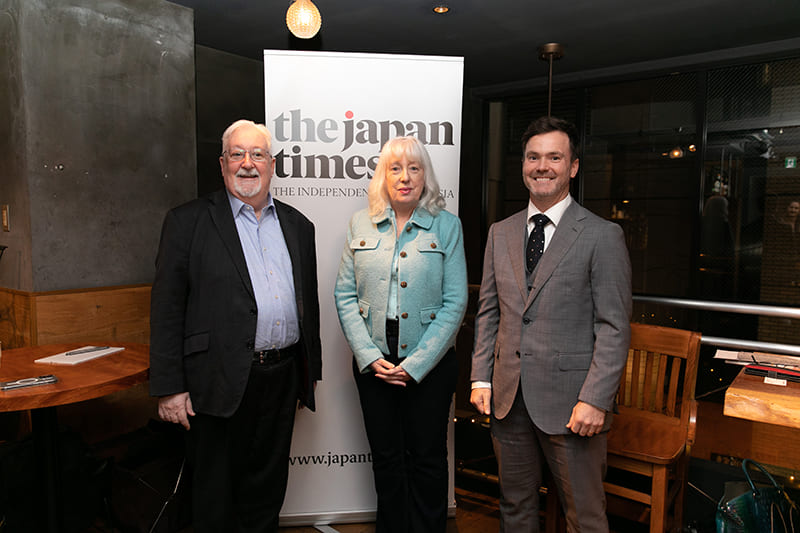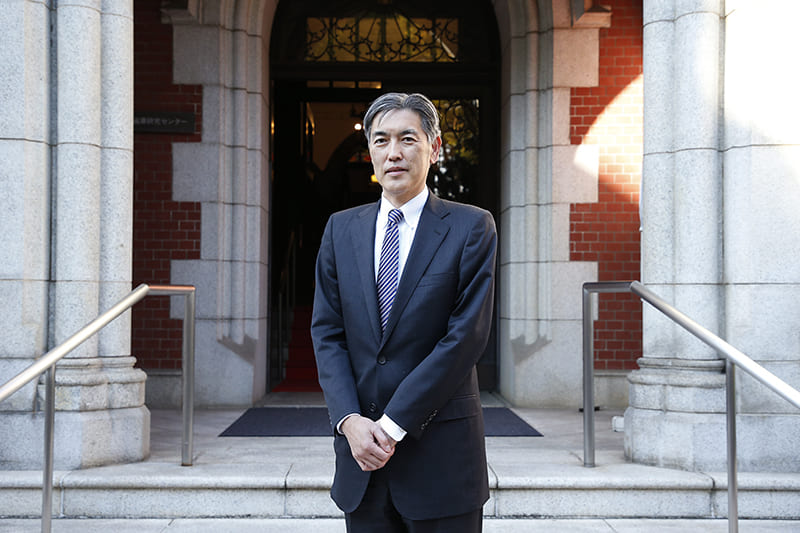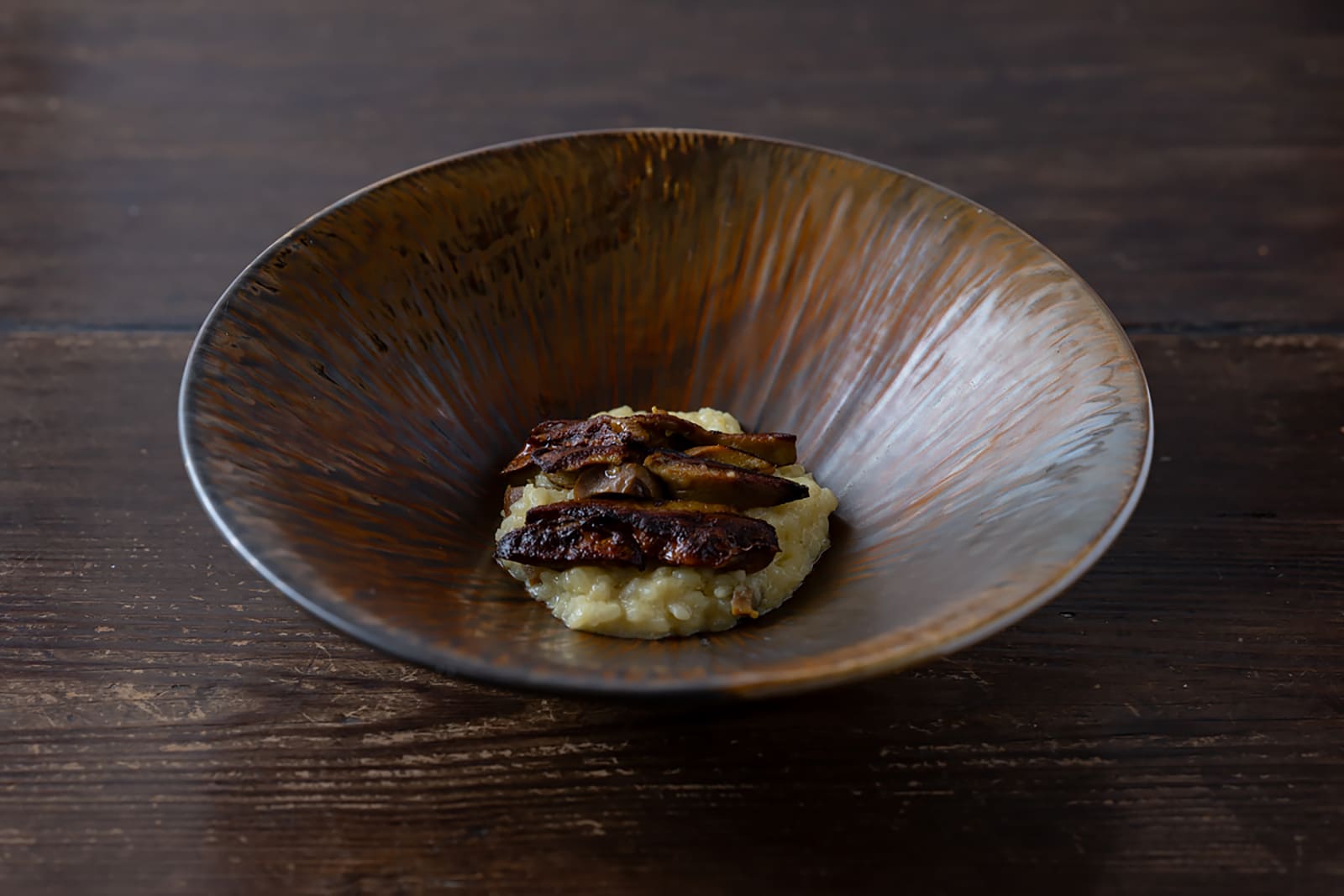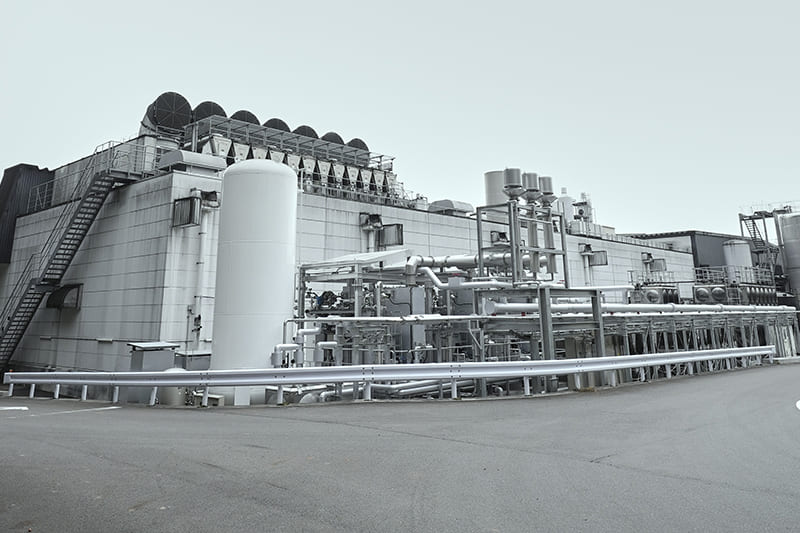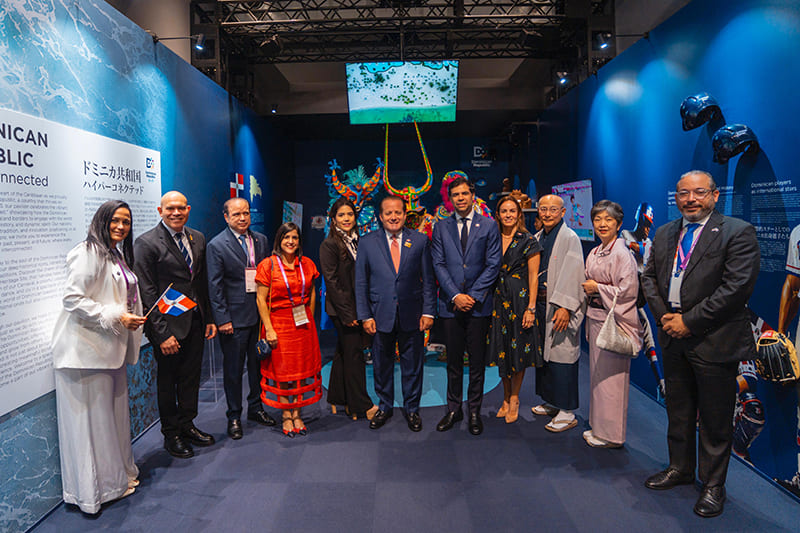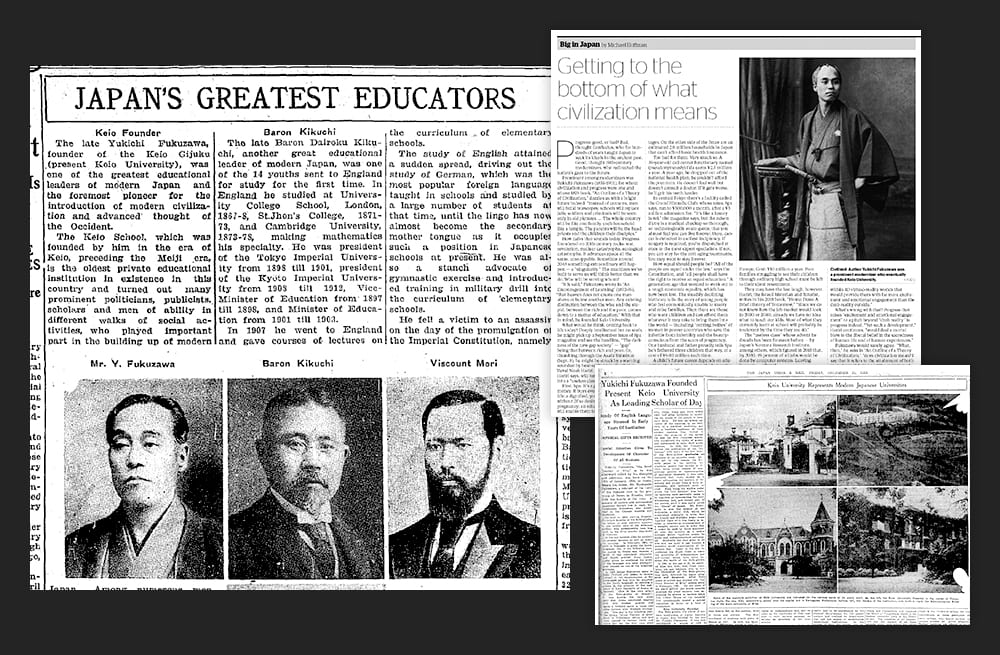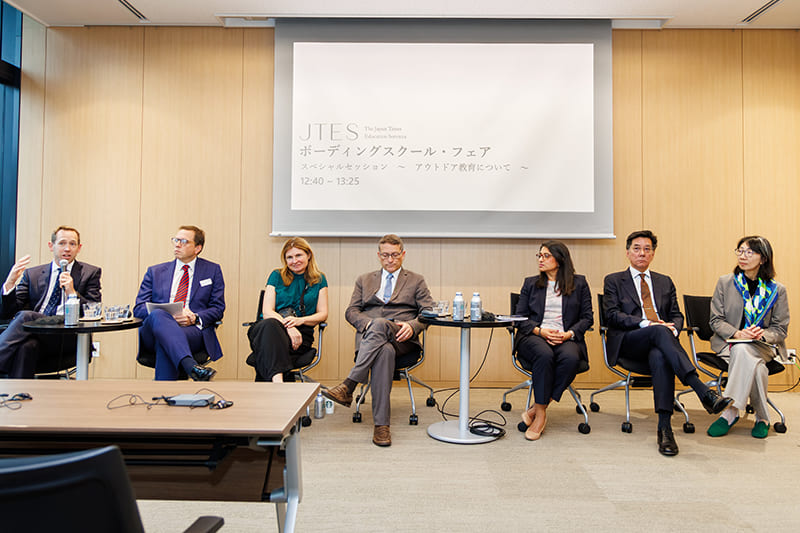October 24, 2025
Ehime’s Kurumasushi: Fish of a different dimension
Destination Restaurants 2025
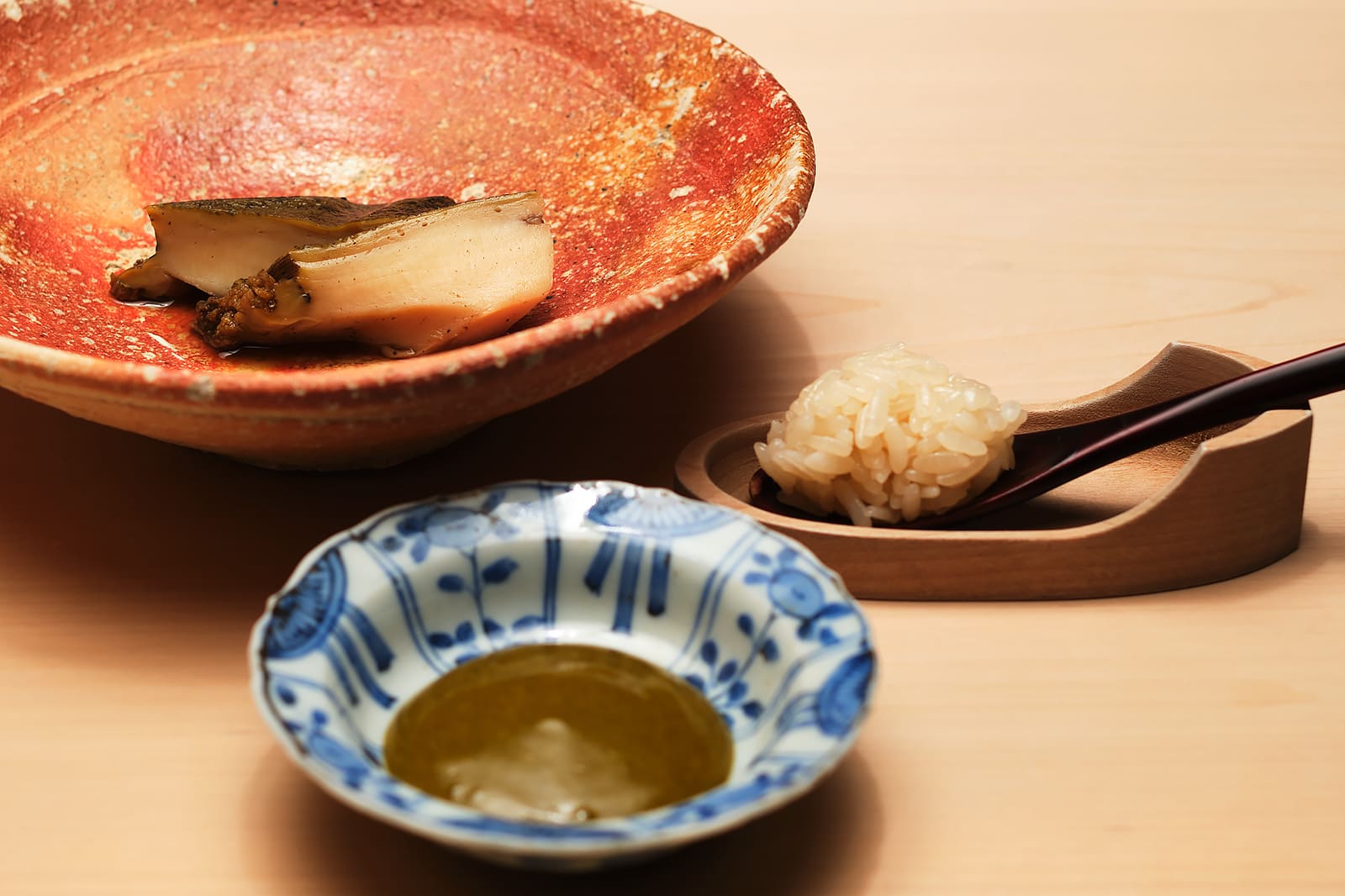
PHOTOS: KOUTAROU WASHIZAKI
Kurumasushi, in the Ehime Pre fecture city of Matsuyama, was selected as a Destination Restaurant for 2025, the fifth year of The Japan Times’ Destination Restaurants honors. This is the first time a Shikoku restaurant has received the award. The restaurant is located in a bustling area 30 minutes by car from Matsuyama Airport. Owner Koji Takahira was born and raised in this area. In 2017, he took over as sushi chef from his father, who founded the restaurant in 1976.
The interior brings to mind a teahouse, with features including a wickerwork ceiling made of Japanese cedar from Ehime. The counter, which is fragrant with the fresh scent of wood, accommodates eight diners. The omakase menu, priced at ¥27,500 ($180) including tax, is served in two seating periods starting at 5 and 7:30 p.m. Seventy percent of the guests are visitors from outside the prefecture, 10% of whom are tourists from other countries, mainly in Asia.
Takahira aspired to be a sushi chef from a young age. After acquiring Edomae-style sushi techniques at the restaurants Ginza Sushi Aoki and Sushi Yoshitake, both located in Tokyo’s Ginza district, he returned to his hometown in 2016. The following year he succeeded his father as chef at Kurumasushi, which he renovated in 2021. The restaurant suddenly became a Shikoku attraction, drawing gastronomes from outside the prefecture.
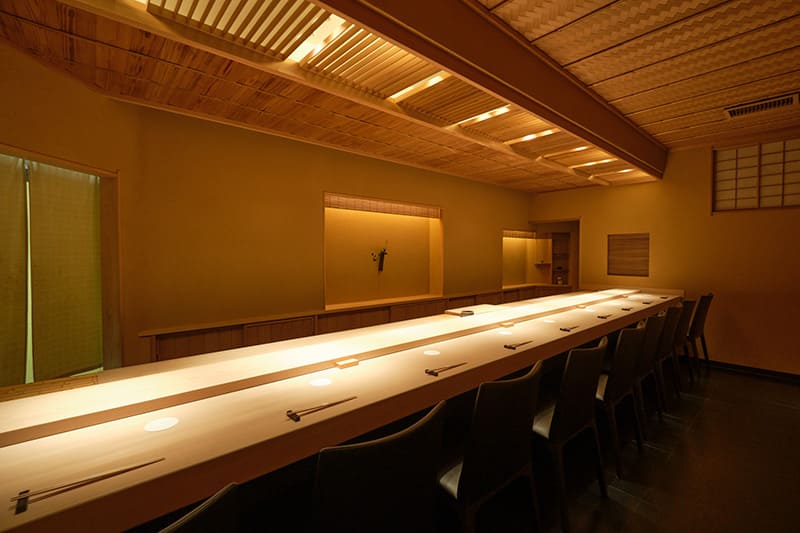
Kurumasushi
1-6-9 Ichiban-cho, Matsuyama-shi, Ehime Prefecture
Tel: 089-932-3689
https://www.kurumasushi.com
Takahira said, “My father trained in Osaka and made sweet shari (sushi rice) containing sugar, but my shari is made with rice vinegar plus a dash of red vinegar, and no sugar.”
Nearly all the fish comes from Ehime Prefecture. In some seasons this includes fish processed with the quality-preservation method shinkeijime (“nerve-pinching”) by the renowned fisherman Junichi Fujimoto, from Imabari in Ehime. Obtaining high-quality fish and cutting it skillfully with a sharp knife is basically all it takes to make good sushi toppings. But in going a step further and applying special knife skills, Takahira brings his own identity to sushi.
One example is the hamo (conger eel) sashimi he obtains from Fujimoto. To make its small, hard bones easy to consume, hamo is usually cut in fine slices, with a thin layer of skin left on. Takahira, on the other hand, carries out the unique process of removing the bones with a knife. Needless to say, this gives the fish an even smoother texture. Moreover, on a recent visit to the restaurant, I noticed as soon as I picked up the managatsuo (butterfish) sushi that the surface of the fish was much glossier than usual. When I asked Takahira about this, he explained, “I sharpen the knife I use for managatsuo with a finer-grained whetstone.” He added, “The taste of ingredients is also affected by the type of metal the knife blade is made of.”
Far from the sushi capital of Tokyo, Ehime Prefecture has seen the emergence of a chef who delves deeply into the art of cutting — the most distinctive feature of Japanese cuisine — and opens up new territory in the world of sushi.
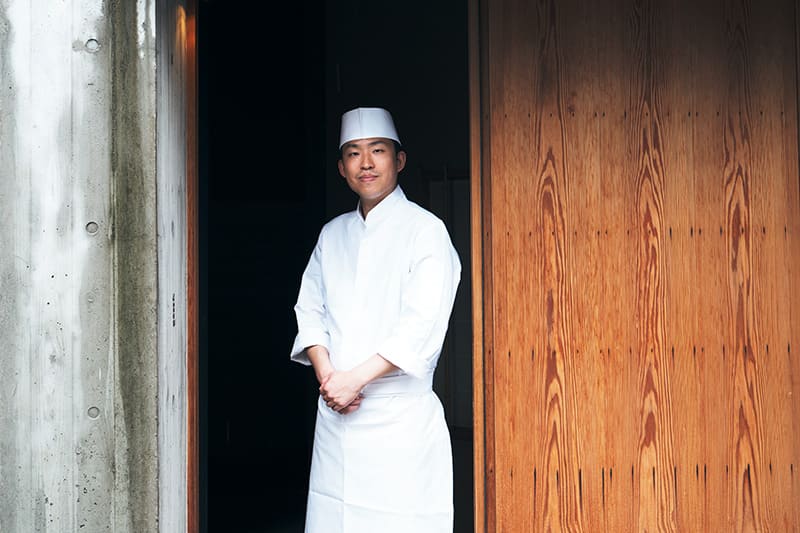
KOJI TAKAHIRA
Born in 1990 in Matsuyama, Ehime Prefecture. While still in junior high school, Takahira started using a kitchen knife and cleaning the fish he caught himself. He trained for two years at Ginza Sushi Aoki and for five years at Sushi Yoshitake (also in the Ginza area of Tokyo). He acquired the techniques of Japanese cuisine and Edomae-style sushi while also honing his skills at another Japanese restaurant on his days off. In 2016, Takahira returned to his hometown and joined Kurumasushi, working at the counter alongside his father, who founded the restaurant in 1976. He took over as the second-generation owner-chef in 2017, and renovated the restaurant in 2021.
愛媛県の魚を包丁技で別次元の寿司に。
ジャパンタイムズ主催の「Destination Restaurants 2025」の一軒に、愛媛県松山市『くるますし』が四国地方から初めて選ばれた。同地出身の店主、高平康司は銀座の名店で江戸前寿司の技を身につけ、2017年に父が創業した『くるますし』を継いだ。以来、県外からフーディーが訪れるようになった。
魚はほぼ愛媛県産。カリスマ漁師として知られる愛媛県今治市の漁師、藤本純一が神経締めを施した魚も扱う。高平はさらに特別な包丁技を加えることで、寿司にアイデンティティを付加する。
たとえば、通常、鱧は“骨切り”をするが、高平は骨を包丁を使って取り除くという特殊な仕事をする。当然、口当たりはさらになめらかになる。また、かなり目の細かい砥石で研いだ包丁でマナガツオを切って、食感の違いを表現することもある。
寿司の聖地、東京から遠く離れた愛媛県で、日本料理最大の特徴である “切る”技術を深め、寿司の新しい境地を開く料理人が誕生していた。
Return to Sustainable Japan Magazine Vol. 53 article list page

